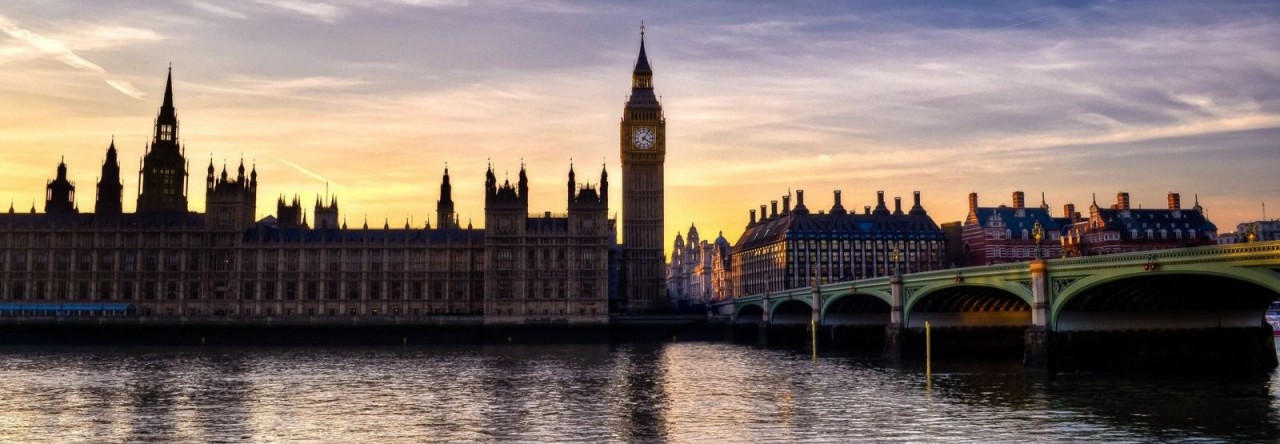https://www.youtube.com/watch?v=7vPFF03JC20
Почти каждый день в течении 37 лет он сажал семена и успешно создал новую экосистему. Посчитано что на сегодняшний день размер леса приближается к 550 гектарам. Для сравнения, Центральный парк в Нью-Йорке имеет площадь 341 гектар, а площадь Измайловского парка в Москве 1608 гектар.
Поворотным для Джадава стал случай, когда он нашел несколько мертвых змей в песчаной местности, после наводнения. Умершие рептилии подтолкнули его к идее построить среду обитания, где животные не должны чувствовать угрозу или иметь шанс лишиться своего дома.
«Змеи погибли от жары у них не было возможности спастись в тени деревьев. Я сел и заплакал. Это была настоящая бойня. Я оповестил департамент, занимающийся лесами и просил заняться посадкой леса в нашем районе. Они ответили, что ничего не будут сажать там, предложили мне попробовать быстрорастущий бамбук. Это было больно, и я решил, что займусь этим сам. Мне не откуда было ждать помощи никто в этом не был заинтересован.» — сказал 47-летний Джадав в интервью The Times Индия.
Преданный индийский лесовод построил действительно экологический рай для диких животных, фантастический пример того какой красивой может быть природа. Лес Джадава стал домом для более чем 115 слонов, ряда носорогов, оленей и даже пары тигров.
«Я буду продолжать сажать деревья до последнего вздоха.» — сказал он.
Among the many places on the planet affected by climate change, one of the largest rivers in India named the Brahmaputra has seen increased water flows in recent years that continually flood the banks each year.
These vasts amounts of water flood whole towns, stripping the land of agriculture and the means to make a living by its inhabitants. Near the town of Jorhat there is a river island called Majuli. Home to more than 100,000 people, Majuli has faced continual erosion that threatens its very existence.
Since 1979, the island has been gifted with a certain type of human savior. His name is Jadav Payeng and over the past nearly 40 years he has singlehandedly planted enough trees on the island to encompass 550 hectares. Central Park in New York, meanwhile, is 341 hectares. He calls it “his forest.”
“This place is full of trees,” Payeng told filmmakers as part of a film called Forest Man that won best documentary at the American Pavilion Emerging Filmmaker Showcase at the Cannes Film Festival in 2014. The short documentary was recently posted by National Geographic’s Short Film Showcase.
Each day, Payeng gathers saplings he grows at home with help from his family and ventures into the forest to plant new trees. Today the forest is home to elephants (115 for three months per year), rhinos, deers and tigers.
“When the trees grew big it was difficult for me to protect them,” Payeng said. “The biggest threat came from men. They would have destroyed the forest for economic gain and the animals would be vulnerable again.”
Read more at http://www.liveoutdoors.com/news/238645-meet-the-man-who-planted-a-forest-bigger-than-central-park/#k73RYj1qOX8Rr05o.99


Добавить комментарий